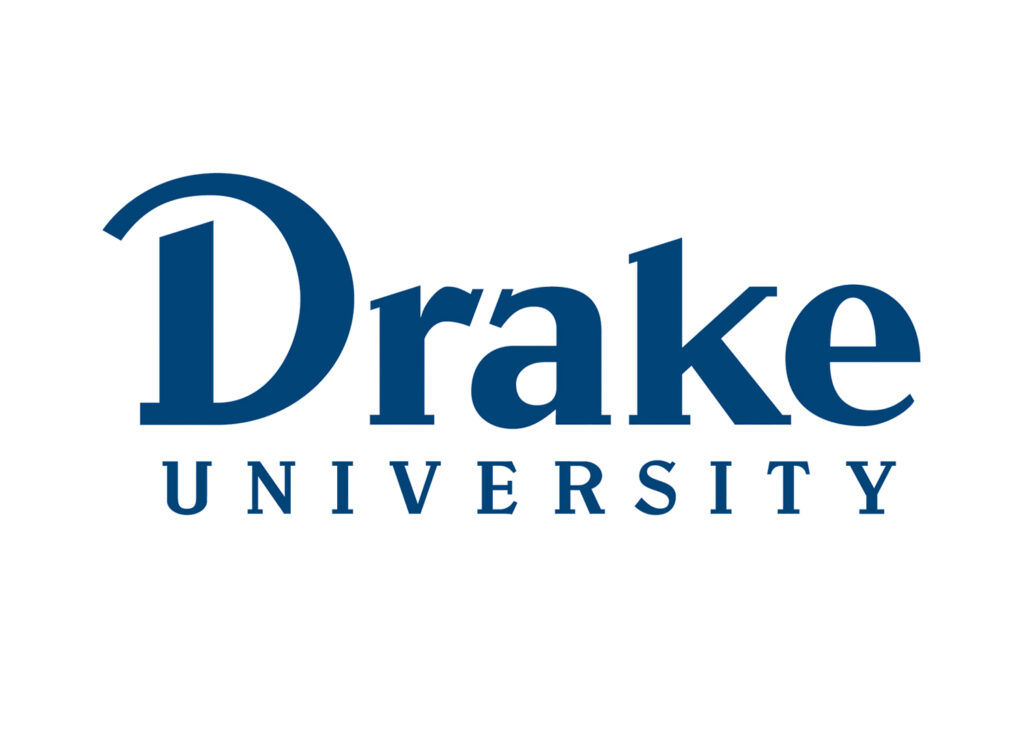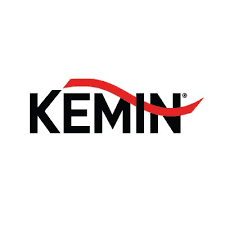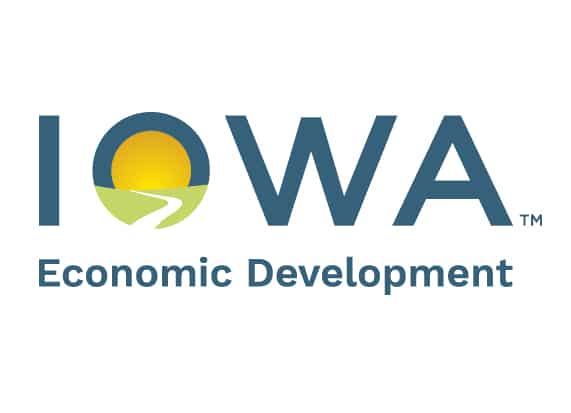UnitedHealth Group’s doing wonderfully — and Wellmark is having a better year, too

JOE GARDYASZ May 9, 2018 | 2:34 pm
2 min read time
529 wordsAll Latest News, Business Record Insider, InsuranceWhen I saw recently that the nation’s largest health insurer, UnitedHealth Group, reported a 25 percent increase in shareholder earnings to $10.56 billion in 2017 and added about 1.1 million additional policyholders nationally, it made me wonder how health plans in Iowa fared financially over the past year.
Generally speaking, health insurance companies in Iowa had a much better year financially in 2017 than in 2016, particularly Iowa’s largest health insurer, Wellmark Blue Cross and Blue Shield.
Wellmark Inc.’s preferred provider plans, which had posted a $26.5 million loss in 2016, swung to a $43 million profit, according to financials it files with the Iowa Insurance Division. The company’s Wellmark Health Plan of Iowa, which provides its health maintenance organization plans, also had a profitable year with net income of $28.1 million, well ahead of 2016’s net income of $5.4 million.
David Brown, Wellmark’s chief financial officer, said several factors enabled Wellmark to land in its sweet spot of about a 2 to 3 percent margin rate, after missing that mark in 2016. One of the big contributors to a better year was that “medical trend,” the rate of increase in health care spending, moderated somewhat in 2017 after rising pretty steadily over the past several years, he said.
Brown said another factor that helped mitigate costs last year was a temporary suspension of the federal health insurance tax imposed under the Affordable Care Act. Health plans pay the tax based on premiums collected proportional to their market share; Congress approved a one-year moratorium on the tax in 2017.
The tax — used to fund the federal and state marketplace exchanges — is again effective this calendar year, but will again be waived for a year in 2019, Brown said. “We don’t know what will happen in 2020,” he said. Collectively, U.S. insurers will pay $14.3 billion in those fees this year, which are being passed along in higher premiums, according to an analysis by Oliver Wyman Health.
Wellmark also had somewhat stronger investment returns in 2017, which also helped the bottom line, Brown said.
UnitedHealth Group, which is not a large player in Iowa relative to market leader Wellmark, doesn’t break out its earnings on a state-by-state basis. Aetna, also a relatively small player in Iowa, reversed a $7.3 million loss from 2016 with an $8.3 million net profit in 2017 for its Aetna Health of Iowa.
Investors in publicly traded UnitedHealth Group last year saw a 25 percent increase in adjusted earnings to more than $10 per share — and the outlook is great for this year, the company said. Its tax savings estimates alone are pretty mind-boggling.
As UnitedHealth Group highlights in its year-end 2017 report, “corporate tax reform is expected to improve earnings and cash flows by $1.7 billion in 2018. That’s after an estimated $400 to $500 million reduction in premium revenues due to minimum loss ratio and lower net health insurers fee recapture effects and a $200 to $300 million additional investment in operating costs, as we accelerate existing initiatives in artificial intelligence, data analytics, individual health record custodianship, digital health, Net Promoter Score improvements and health related initiatives in local communities.”










